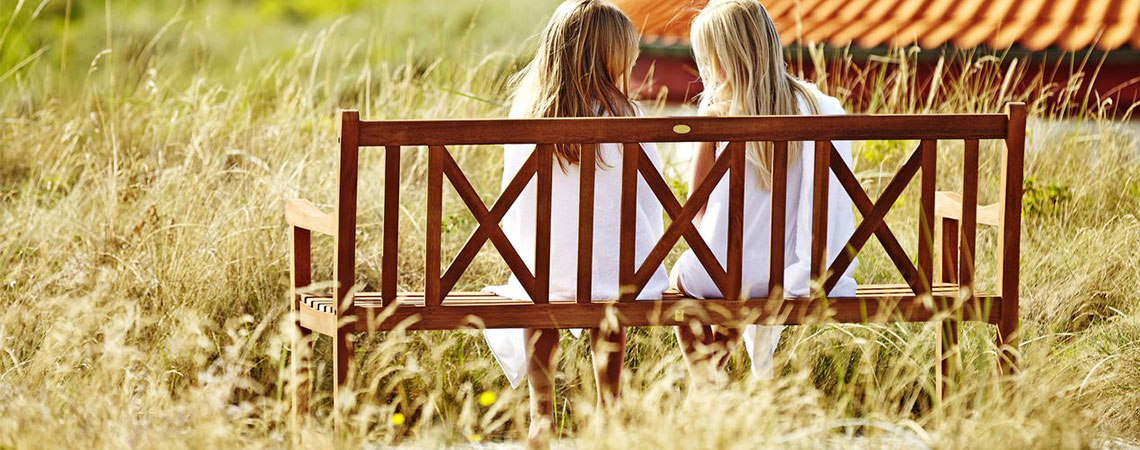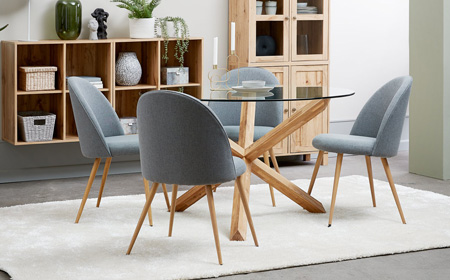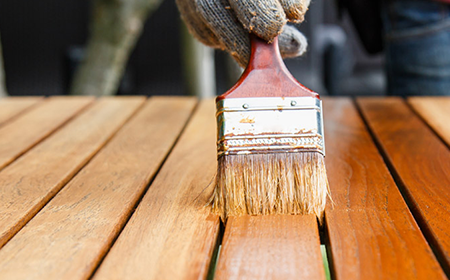Green patches of algae growing on your garden furniture are not attractive and the look does not make your patio, for instance, particularly inviting. Once the slimy green spores have attacked your garden furniture you need to use elbow grease and effective algae remover to tackle them.
Facts about algae:
- Algae emit microscopic spores into the air, which cause the algae to propagate
- Algae thrives in damp, warm environments with shade
- Cold and dry weather will not kill algae, it just slows down the growth
- Frequently, water and a hard brush are sufficient enough to remove algae from garden furniture
If algae have attacked your garden furniture you should not let them stand outside during the winter in the hope that the cold will remove the algae. All the cold will do is to keep the algae in check, until the heat and damp return to provide perfect growth conditions. Therefore, you should always remember to store your garden furniture inside a garage or shed during the winter. This will also prevent them from getting unnecessarily damaged by the elements.
How to remove algae
To remove algae from garden furniture, you need a hard brush and water. If the algae is stubborn, you may want to add ordinary vinegar to the algae treatment (¼ vinegar, the rest water.) Make sure you clean each item of furniture thoroughly: not only the areas that have been visibly attacked, but all over the furniture just to make sure you have every last bit of green.
Algae remover with chemicals
If the algae is still ravaging your garden furniture, you can resort to measures that are more drastic if water and vinegar aren't helping. There are various types of algae cleaners that can remove algae from garden furniture within 1-2 weeks. These cleaners also generally protect the surface of your furniture which discourages the emergence of any new algae.
Always use an algae removal agent that is environmentally approved. This will be detailed on the back of the bottle together with the instructions for use. Note that any chemical algae treatment must be done in dry weather in order to obtain the best result.
Same algae treatment for wood and plastic
Whatever material your garden furniture is made of, the algae treating is the same. However, plastic garden furniture can withstand tough algae remover methods better than wood.
If you choose to remove algae by hosing it with a pressure washer, keep a safe distance, so you do not damage your furniture and create irregularities. See the various garden furniture materials and how to maintain them.
After treatment
Furniture in hardwood should be treated with oil. The furniture must be completely dry before the oil treatment is started and you should use suitable oil. It is recommended that you treat your garden furniture with oil two or three times during the season.
Furniture in teak requires no oil treatment because teak is already a very oily wood. Over time, teak furniture can create a natural white tint, which may be removed with teak oil. However, if you decide to oil treat the furniture it will require ongoing oil treatment like hardwood furniture.
Find the source of the algae’s appearance
The environment the garden furniture is in is also part of the algae treatment. If the algae problem is big, you should investigate where the algae is coming from. While large trees provide shade, they also send algae spores down over patio and garden furniture. So you should consider whether such trees are doing more harm than good, or if your garden furniture should be kept under them.
How often is algae treatment necessary?
Algae on wooden garden furniture can lead to rot, this is why you should keep an eye on algae development if you want to keep your garden furniture looking nice. Once algae has found a place to live, it can spread a little everyday via spores. This is why it is important to keep one step ahead of algae treatment. Think about removing algae from garden furniture every spring and autumn, as this is when algae has the perfect conditions for growing in the damp weather.




